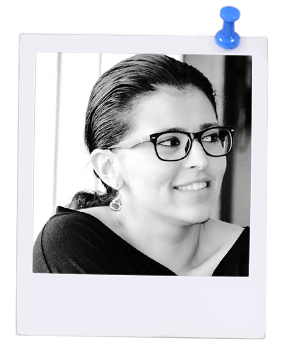Mobile and YOUth?
Experimenting with mobile youth work in rural communities
by Adina Marina Șerban
30/11/2020
Where to go when all the roads seem to be closed? What to do when there is nothing to do in these villages? What to learn when no learning opportunities are in place? How to make your voice heard when there is no one who would be interested in hearing your voice and no microphone available to put the volume up?
When all the roads seem to be open and the European institutions are offering a wide range of opportunities for everyone, there is still a significant number of young people whose roads seem to be closed. And the roads seem to be closed for them because they either live in remote or isolated communities, their safety nets are loose, their social and economic situation does not allow them to travel to the closest place where the opportunities are easy to reach, they have to abandon studies before having the chance to graduate, where the digital world is hard to access because they lack the equipment, the competencies or the guidance to use it. Of course, seeing the list, a great number of young groups come into one’s mind. But we will only look at one of these groups: young people living in the rural areas.

And if we always refer to youth as being the future, then we should start working with and for the future. Their time is now! And their place is HERE, in these rural communities that are struggling to offer them some optimism for the future! But if we want to see them evolving and growing here, then, we, the ones involved with the youth triangle – policy makers, practitioners and researchers as well, should put in place strategies, tools, projects and activities that are built around their needs and interests, in their living environments and adapted to their time. And their time is NOW and their SPACE is here, in their villages!
 Making the rural youth voice heard
Making the rural youth voice heard
For this purpose, while waiting for better chances to build or develop the physical infrastructure, a great group of youth workers from six countries decided that it was high time to give rural youth the chance to step on the stage and make its voice heard in the community. For this purpose, in 2017, we set up a partnership where seven organisations: Elektrenu kulturos centras and Politikos tyrimų ir analizės institutas Lithuania; Centre for Sustainable Community Development – Romania; Sfera – Italy; Sdrujenie “Maverick” – Bulgaria; Cheese – Latvia and Medvirkningsagentene – Norway decided that was high time we learn and act with and for rural youth. And Mobile Youth Work: Shaping European Practices (2018-3-LT02-KA205-006081) is the result of planning to set up mobile youth work services in our working communities.
 What is mobile youth work for?
What is mobile youth work for?
Mobile youth work is a form of youth work that aims to enable youth people to participate in activities that are carried out in accordance with their needs and interests, in activities that are taking place in their living 
Through the project we aimed to create a common understanding and to provide quality standards for mobile youth work implementation in rural territories. Mobile youth work is an excellent set of outreach working methodologies that can help to prevent the social exclusion of young people. For this purpose, resources and self-aid powers towards the solution of social problems in the community are being used. Having its starting point in the community-based form, historically mobile youth work activities were mainly delivered in urban communities, at the periphery of those areas. But seeing that young people from the rural areas were starting to face issues in managing their life affairs, the methodologies have lately gained the interest of organisations operating in the rural areas as well. In mobile youth work, essential to delivering services is the fact that youth workers can go and work with young people in the places where they gather, thus stabilising their social networks and social contacts in these places. Even if traditionally mobile youth work activities have looked at social problems, delinquency or drug abuse, the partners involved with the project concluded that for the groups that they work with, it is essential to contextualise the challenges that young people face in their living communities1.
 Better social inclusion
Better social inclusion
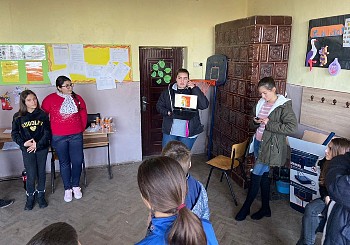
 It was a struggle!
It was a struggle!
The pilot exercise put in place in 10 rural communities was definitely a unique learning experience both for the youth workers and for over 400 young people involved in the activities. The starting point was a struggle: we knew that young people were looking for activities but they had no visibility in the community! In each community, we started with a group of young people who took us to meet their peers, who helped us refine the outreach instruments we were using, who told us where we could meet their peers and did not hesitate to inform us when the activities were not really what they liked. From running the community lunch to organising the movie night, from pizza evening to non-formal education carnival with activities delivered for their younger peers, from short training sessions on youth mobility activities to running, from Monopoly tournaments to Zoom gatherings, all activities started from the ideas of young people. Of course, the meetings with stakeholders in the community was the part where young people wanted it to be different, but there is still a long way to go until we will all be able to speak the youth language. But it all worked out when young people stepped on the stage: they decided where and when it was better to meet, whom else to invite to the activities, what events and games would be attractive for their peers and for their younger fellows, they set up digital communication tools and always kept informed those peers who could not directly join social media groups. And it all started with the snowballing method – we worked with some of the young people we knew, and they started inviting friends who invited other friends. And the youth language was the entry ticket to the youth world. Young people created the list with the activities they were interested in, set up the list with the people who could support our activities, chose where and when to meet and decided which communication tools we should use – they stayed active and involved within the whole process.
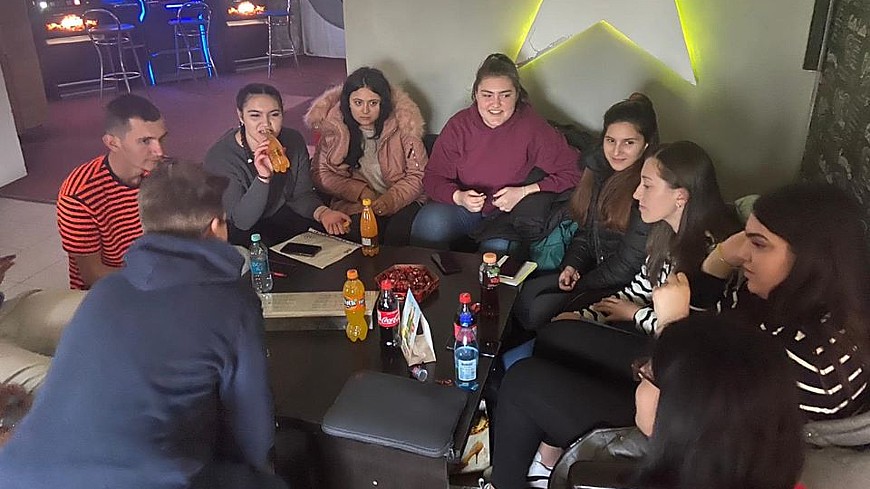
And all these activities worked perfectly, even if the physical infrastructure: those marvellous youth centres that we always dreamt about, were not there. The biggest challenge we faced was that in most of the communities we had to find places to meet when the activities required a space – the pizza evening, the movie night, the board game activities, etc. But that also brought us to another opportunity we could use: getting closer to other institutions – such as schools or other NGOs or to local entrepreneurs who hosted our youth gatherings. But other great and attractive places for young people were there and their TIME is HERE, in the villages they live in.
Even if the pilot exercise should have come to an end in March 2020 what was set in place with and for young people is HERE to stay. Due to the COVID-19 crisis and the total lockdown, we could not meet physically in the working communities. But young people continued to be active, to update us using social media instruments and to start up their local digital campaigns to support the communities. And who could better translate the authorities’ messages in a young, friendly language if not youth itself? What is also here to stay are the relationships we built and developed with the village councils, the social workers, the schools and teachers in the community and with the providers of medical and social services in the 10 villages. These partnerships will definitely help us develop other opportunities with and for rural youth. But the essential experience that we would never be able to measure and estimate is the experience that the over 400 young people had: being HERE and NOW with their peers and learning together for the FUTURE.
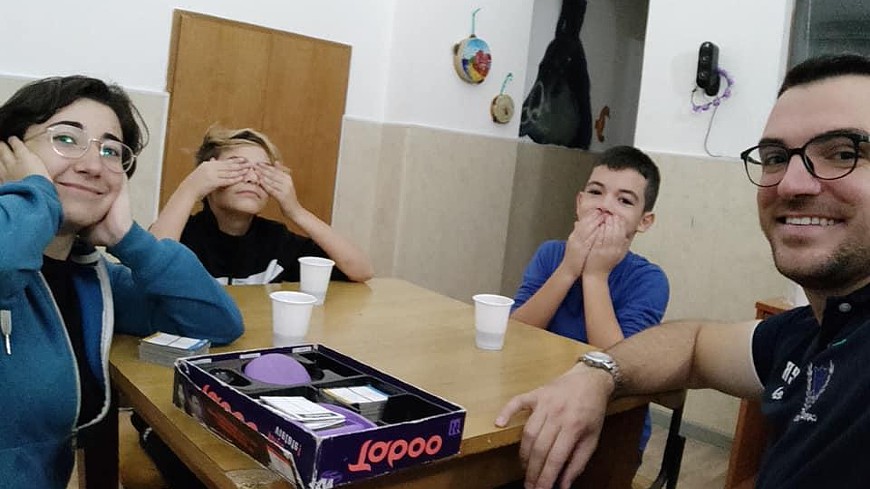
1. International Society for Mobile Youth Work (2004), www.ismo-online.de/logicio/client/ismo/file/downloads/myw.pdf.
2. The research reports will be available at the end of the project.


